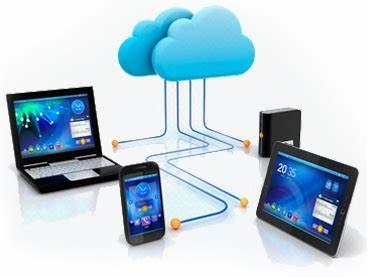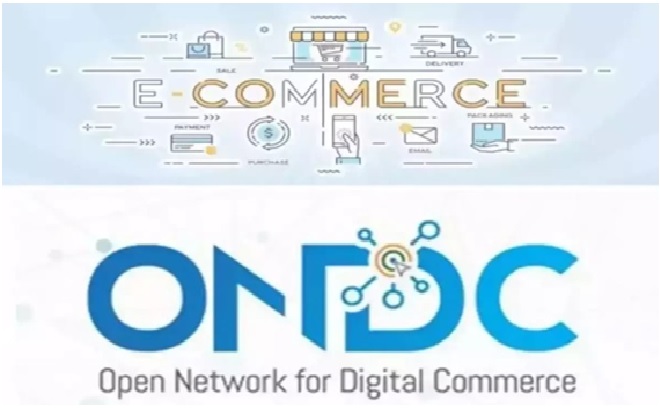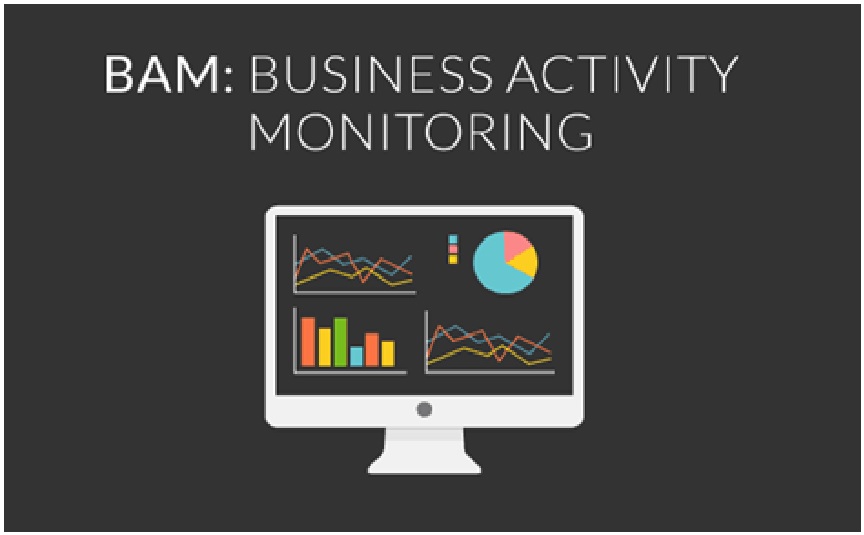The Emerging Technology of Mobile Commerce
Mobile commerce refers to the use of handheld devices to conduct commercial transactions using wireless telecommunication networks and other e-commerce technologies. It uses gadgets, such as mobile cellphones and tablets, to facilitate online banking, payment of bills, purchases and sales of goods and services, and other types of financial transactions.
Mobile commerce is also known as m-commerce. [1] The ever-rising use of mobile commerce activity, as well as the growing number of handheld device users, is attributed to advancements in wireless technologies. The essence of mobile commerce revolves around electronic commerce, which involves conducting business over the internet. The exponential growth of mobile commerce has been driven by several factors, including capabilities of mobile devices, standards and network implementation, user acceptance, full resolution of security issues, and middleware development. Figure 1 shows the Mobile commerce.
According to market research company Statista, there are more than three billion smartphone users around the world. In the U.S. alone, mobile commerce sales amounted to about $207.2 billion in 2017. [2] Additionally, countries lacking regular telecommunication infrastructure have adopted wireless communication networks to facilitate mobile commerce.

Figure 1: Mobile commerce
Mobile commerce is motivated by the increasing growth of devices and apps. Applications such as Android Pay and Apple Pay can be conveniently used by customers to make in-store purchases. Social media platforms – such as Instagram, Facebook, Pinterest, and Twitter – also added a “buy button” functionality to their mobile platforms to enable users to make direct purchases from retail stores.
Here are eight key benefits that m-commerce for business:
- Ease of Access
- Usability
- Marketing
- Fast Transactions
- Helping Traditional Retail Sales
- Lower Costs and Higher Productivity
- Attracting New Customers
- Insightful Data Analytics
The growth of mobile commerce is directly connected to how users are accessing the internet. As smartphones become accessible and [3] high-speed internet is no longer a premium infrastructure in many countries, users have ditched PCs in favor of the smaller gadgets for internet browsing.
Naturally, brands need to be where the users are, and it means embracing mobile commerce on top of the existing e-commerce platforms. Retailers started launching shopping apps and furnishing it with easy-to-browse catalogues and hassle-free checkout process.
The fact that consumers are inseparable with their mobile phones doesn’t go unnoticed to bankers and payment providers. Banks started introducing banking apps that allow transactions to be made on the mobile screen. The emergence of mobile commerce also changes how brick-and-mortar business operates, particularly in adopting cashless payment. Technological giants rushed to the fore with their versions of digital-payments.
In Europe, the top contenders are Apple Pay, Samsung Pay, and Google Pay, which compete with providers that are dominant in their respective countries. The growth of mobile payment in China has been mercurial, with popular payment providers like AliPay, WeChat, LinePAY, and a few other players dominating the scene.
References:
- https://corporatefinanceinstitute.com/resources/knowledge/ecommerce-saas/mobile-commerce/
- https://www.professionalacademy.com/blogs/8-key-benefits-of-m-commerce-for-business/
- https://www.uptech.team/blog/m-commerce-overview
Cite this article:
Vinotha D (2021), The Emerging Technology of Mobile Commerce, AnaTechMaz, pp. 17















